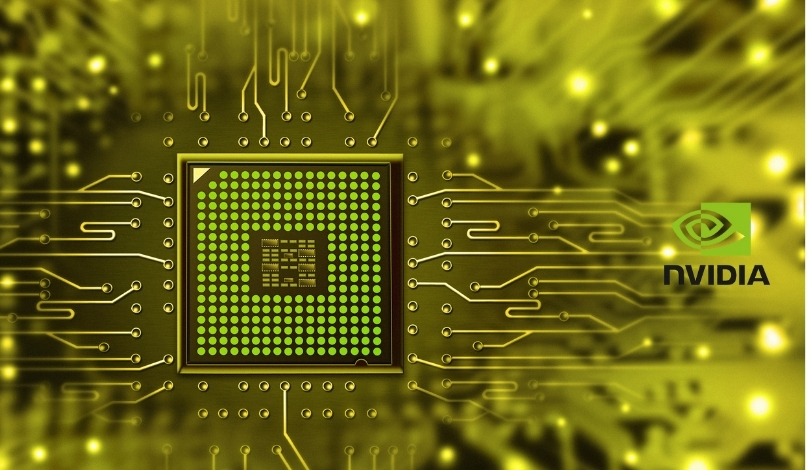Interest in AMD’s Radeon RX 9070 XT graphics card has grown, driven by recent price drops and improved driver support. Consumers looking for alternatives to Nvidia’s dominance in the PC GPU market have taken notice of the RX 9070 XT due to its competitive specifications and affordability. Nevertheless, the latest Steam hardware survey demonstrates that AMD’s appeal is not translating into greater market share. Many gamers and computer enthusiasts continue to choose Nvidia’s upcoming RTX 5090 and other existing graphics cards, despite concerns about cost-effectiveness. This ongoing preference highlights the complexity of customer loyalty and technological branding in the graphics card sector. Popularity on platforms such as Steam serves as a reflection of broader trends within the gaming community, revealing deeper issues than simple hardware comparisons.
Nvidia’s RTX series—especially the highly anticipated RTX 5090—has previously enjoyed recognition among consumers due to longstanding perceptions of superior performance and software compatibility. Past analyses of Steam data depicted a gradual yet steady encroachment of AMD on Nvidia’s substantial lead, particularly with releases like the RX 7900 XTX. However, more recent surveys reaffirm Nvidia’s strong grip, with even new AMD cards witnessing only incremental gains. Shifting consumer preferences, combined with the enduring influence of established ecosystems and exclusive features, have also played significant roles in shaping the current competitive environment between these two major brands.
What Keeps AMD’s RX 9070 XT Attractive?
The RX 9070 XT appeals to cost-conscious buyers with its pricing strategy and hardware capabilities. Features such as ray tracing and frame generation match those of higher-priced Nvidia alternatives, widening its prospective user base. Gamers have observed improved reliability from recent AMD drivers and a steady stream of updates. Nevertheless, price and features alone have not proven sufficient in swaying the majority of PC users away from Nvidia’s options.
Why Do Gamers Still Choose Nvidia Over AMD?
Nvidia maintains a dominant presence thanks to robust ecosystem advantages, established reputation, and deeper software integration. Proprietary features like DLSS (Deep Learning Super Sampling) and broad support from game developers foster user loyalty. Many players view Nvidia as a safer long-term investment. As one user explained,
“Nvidia just works out of the box for every new game and update.”
Reluctance to switch from known solutions often outweighs the benefits of emerging competitors.
Is the Steam Survey a True Indicator of Preference?
While Steam’s monthly hardware survey offers valuable insight, it focuses largely on active users in the PC gaming landscape and can be influenced by short-term trends and high-profile product launches. Seasonal sales, bundled offers, and pre-built PCs also shape the market representation within the survey. Observers suggest that actual market share and gamer satisfaction may not always be directly reflected by these surveys, but patterns do illustrate persistent gaps between consumer interest and purchase decisions.
Market data over several quarters confirms that AMD’s competitive hardware releases struggle to translate into proportional adoption rates among gamers. The RX 9070 XT’s specifications and value proposition present a formidable alternative on paper, yet Nvidia’s branding, ecosystem, and perceived reliability often sway buyers, especially those hesitant to switch or those invested in proprietary software solutions like RTX and DLSS. Consumers prioritizing the broadest game support and turnkey experience tend to gravitate toward Nvidia, reinforcing a cycle of entrenched brand preference. For users seeking the best value, closely monitoring drivers and reviews from a variety of sources can lead to more personalized purchasing decisions rather than relying solely on popularity metrics or hardware surveys.
- AMD’s RX 9070 XT offers strong value but faces low adoption on Steam.
- Nvidia sustains dominance with features, compatibility, and brand reputation.
- Steam surveys highlight ongoing user loyalty to Nvidia over AMD upgrades.










